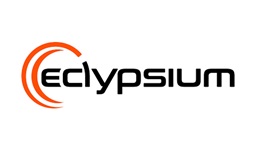ACI Cybersecurity Report
Human error contributes to an estimated 95% of all cyberattacks like phishing and data theft.1 No wonder people are named a top risk (again!) by Verizon’s respected global security report.2
The Ultimate Guide to Supply Chain Security
This guide will lay out the key considerations when implementing a supply chain security program, with a focus on securing the infrastructure supply chain.
NVIDIA Secures Containers with Anchore
The NVIDIA Product Security organization transitioned from Anchore open source to Anchore Enterprise for continuous container security, driving increased scalability and productivity, policy-based compliance, and role-based reporting for business units and security teams.
The Software Bill of Material and Its Role in Cybersecurity
How to use SBOMs to strengthen the security of your software supply chain for cloud-native applications
DevSecOps for a DoD Software Factory: 6 Best Practices for Container Images
The best practices in this whitepaper are aligned to requirements and recommendations in DoD guidance1 and the relevant NIST standards.
ESG Report: Third-Party Risk: Why Real-Time Intelligence Matters
As leading companies in every industry today are undergoing digital transformation, the lines are blurring between any one organization and its partners, suppliers, vendors, and other third parties. In this new report, ESG examines how these business relationships can introduce new risks that need to be identified and managed “as if these third parties were part of the enterprise itself.”
3 Common GRC Challenges Threat Intelligence Helps Overcome
Here, we’ll look more closely at the problem of third-party risk, and see how incorporating threat intelligence with GRC technology can help solve three of the most common challenges faced today in third-party risk management.
Datasheet: OneTrust GRC Integrated Risk Management
OneTrust GRC is an integrated risk management platform that delivers a complete, measured view of your business’s risk portfolio providing clear insights to leadership and expediting the execution of routine tasks.




















